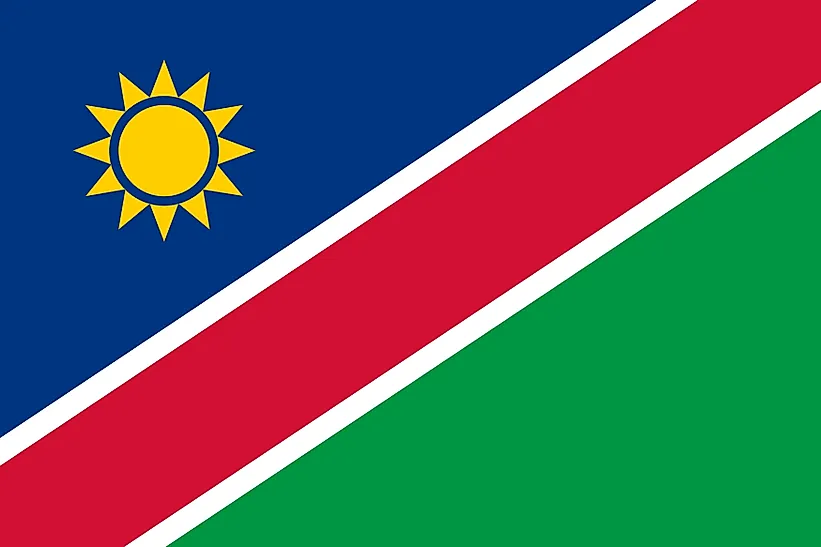
Namibia
| Continent | Africa |
| Capital | Windhoek |
| Population | 2,436,469 |
| GDP | $25.99 Billion |
| GDP per Capita | $11,800 |
| Dialing Code | +264 |
| ISO Code (2-letter) | nan |
| ISO Code (3-letter) | NAM |
Namibia Landscapes






About Namibia
Welcome to Namibia, a nation where desert meets ocean. With approximately 2.5 million people occupying 825,615 square kilometers, Namibia combines remarkable natural beauty with diverse wildlife, standing as one of Africa’s most sparsely populated countries.
Geographic Features and Natural Beauty
Namibia’s geography encompasses extraordinary diversity, from the ancient Namib Desert along the Atlantic coast to the Kalahari in the east. The country features dramatic landscapes including the world’s highest sand dunes at Sossusvlei and the Fish River Canyon, Africa’s largest canyon.
The landscape includes the haunting Skeleton Coast, the wildlife-rich Etosha Pan, and the rugged Brandberg Mountain. The country’s varied topography creates unique ecosystems adapted to extreme conditions.
Protected areas include Etosha National Park, the Namib-Naukluft Park, and various communal conservancies. The country’s commitment to environmental protection focuses on conservation and sustainable tourism.
Cultural Heritage and Traditions
Namibian culture represents diverse ethnic traditions, including the Himba, Herero, Damara, and San peoples. The country’s heritage includes ancient rock art, traditional customs, and unique adaptations to desert life.
Traditional arts include intricate beadwork, basket weaving, and wood carving. Music and dance traditions reflect various cultural influences, while traditional ceremonies mark important life events.
Namibian cuisine features game meat, traditional porridges, and influences from German colonial history. The tradition of storytelling and respect for ancestral wisdom remains central to cultural identity.
Historical Journey
Namibia’s history spans from ancient San settlements through German colonization to independence. The country’s territory includes some of the world’s oldest desert areas and evidence of early human habitation.
Significant periods include German colonial rule, South African administration, the independence struggle, and achievement of sovereignty in 1990. The country’s journey to democracy and reconciliation demonstrates remarkable progress.
Modern Economic Landscape
Today’s Namibian economy focuses on mining, tourism, fishing, and agriculture. The country is known for its diamond mining and uranium production.
Recent initiatives focus on sustainable tourism development, renewable energy projects, and marine resource management. Namibia’s stable political environment and infrastructure support its economic growth.
International Relations and Global Position
Namibia maintains active participation in regional organizations while fostering international partnerships. The country’s stability and conservation efforts contribute to its positive global image.
Did You Know?
• The Namib Desert is the world’s oldest desert, estimated to be at least 55 million years old?
• Namibia was the first African country to incorporate environmental protection into its constitution?
• The country has the largest population of free-roaming cheetahs in the world?
• The Skeleton Coast gets its name from the numerous shipwrecks along its shores?
Conclusion
Namibia represents a unique combination of natural wonders and cultural heritage. From its towering dunes to its wildlife sanctuaries, from its ancient traditions to its modern conservation efforts, Namibia continues to evolve while preserving its distinctive character. As it addresses challenges including water scarcity and economic diversification, Namibia remains committed to sustainable development while maintaining its position as a leader in conservation.